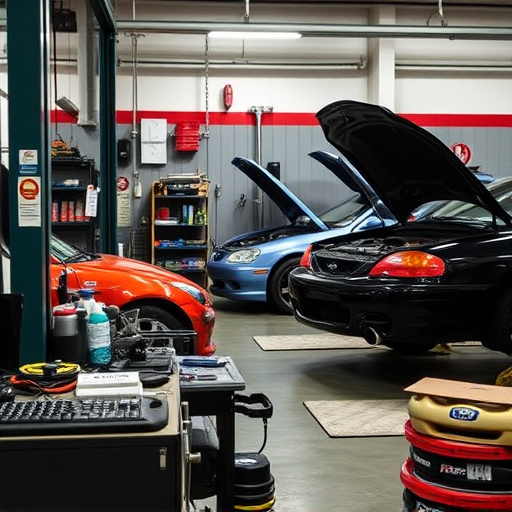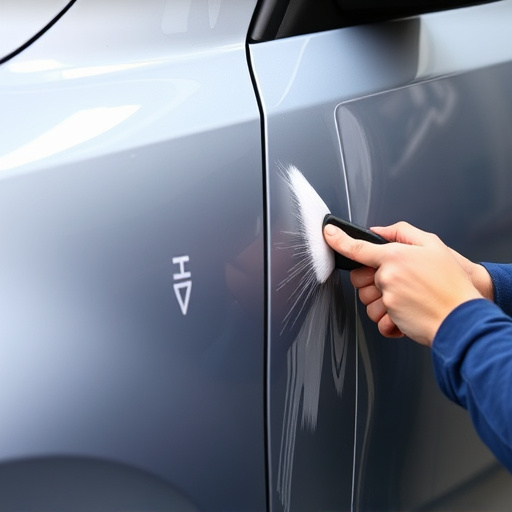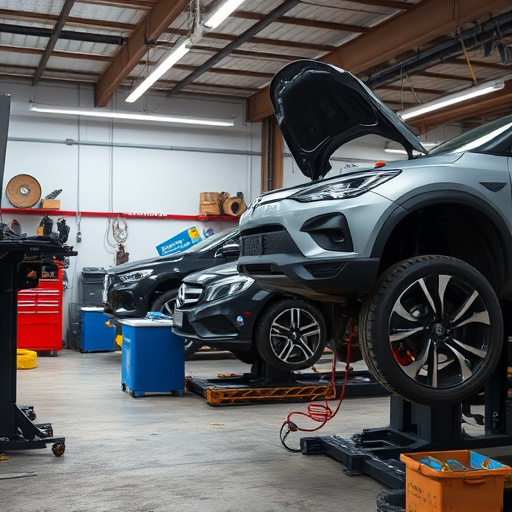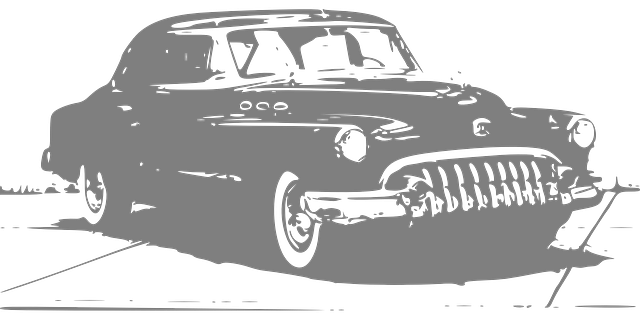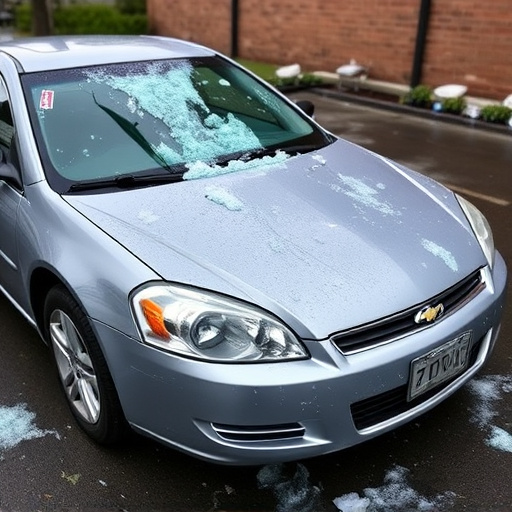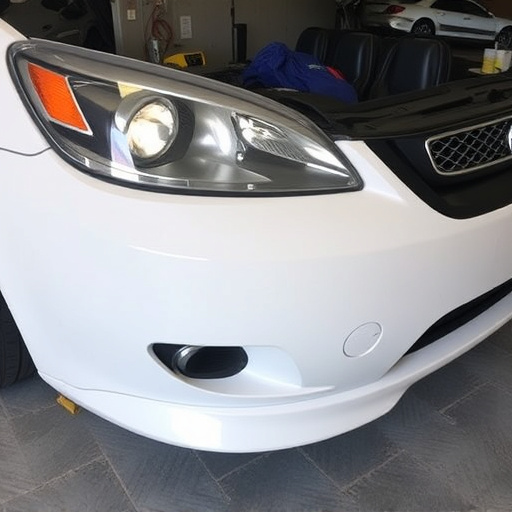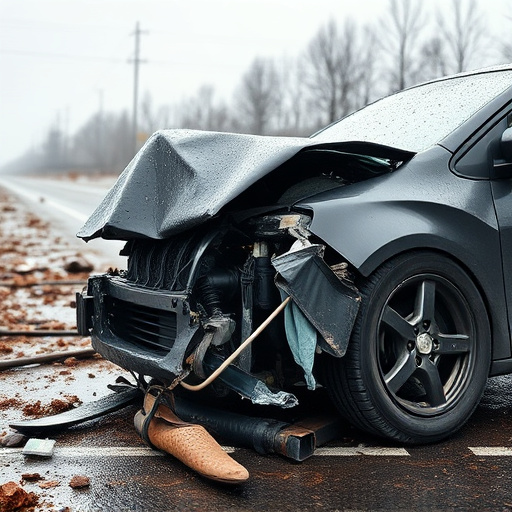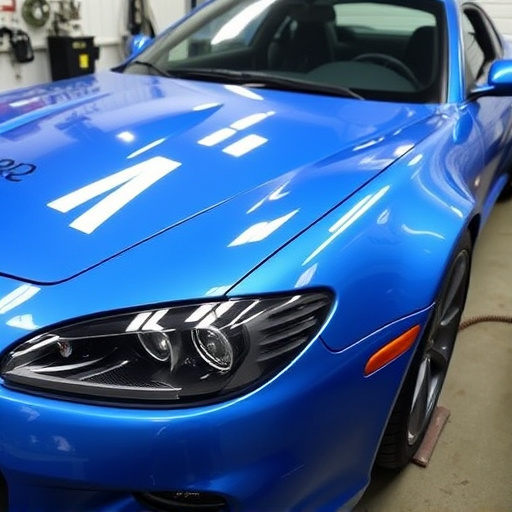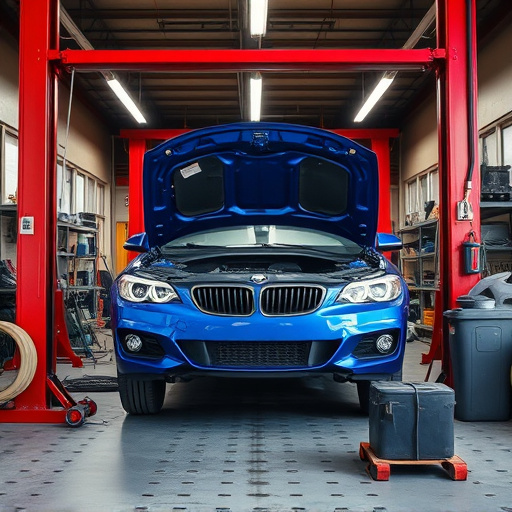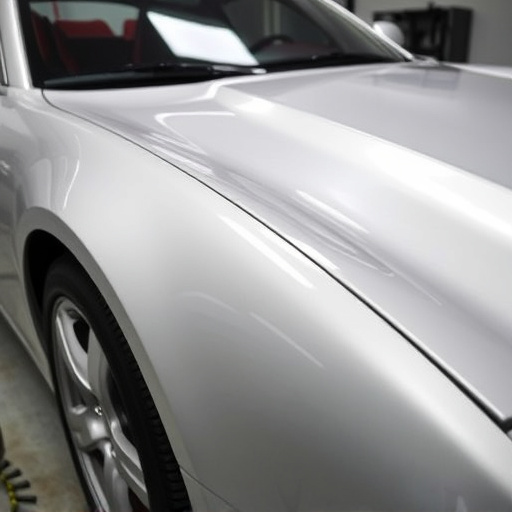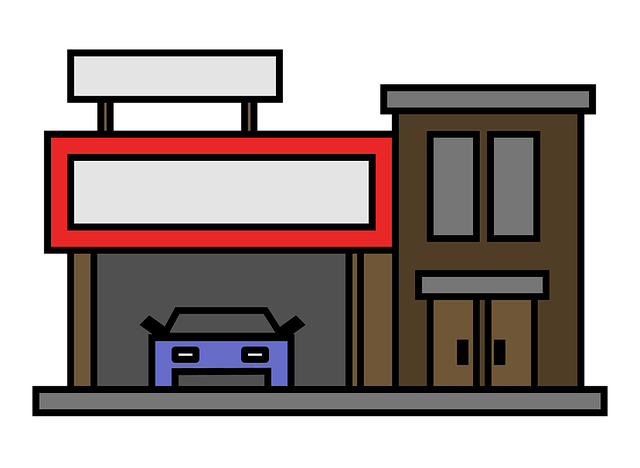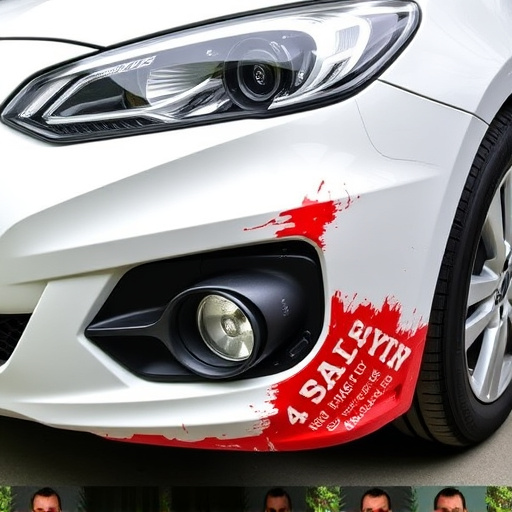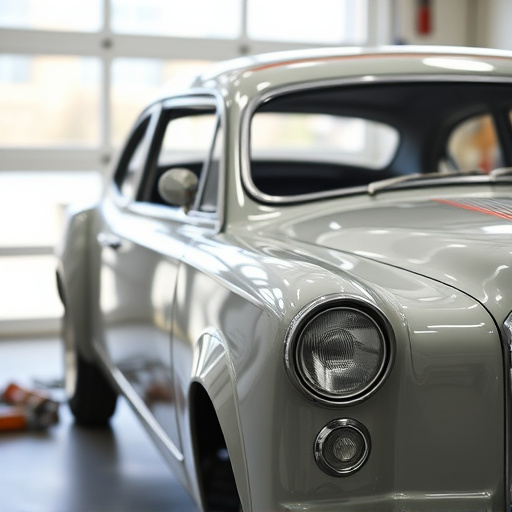The three-stage paint system offers superior durability and aesthetic enhancement for vehicle repair, with dedicated layers for priming, coloring, and clear coating. Though more time-consuming, it provides vibrant colors, accurate shading, and long-lasting protection, favored by professionals for high-quality results in hail damage repair and beyond.
In the pursuit of achieving superior vehicle finishes, understanding different painting techniques is paramount. This article delves into two prominent approaches: traditional clear coat finishes and the advanced three-stage paint system. By exploring their unique characteristics, we uncover the advantages and considerations associated with each method. Discover why the three-stage process has emerged as a game-changer, offering enhanced durability and visual appeal compared to conventional clear coats.
- Understanding Traditional Clear Coat Finishes
- Delving into the Three-Stage Paint System
- Advantages and Considerations of Each Approach
Understanding Traditional Clear Coat Finishes
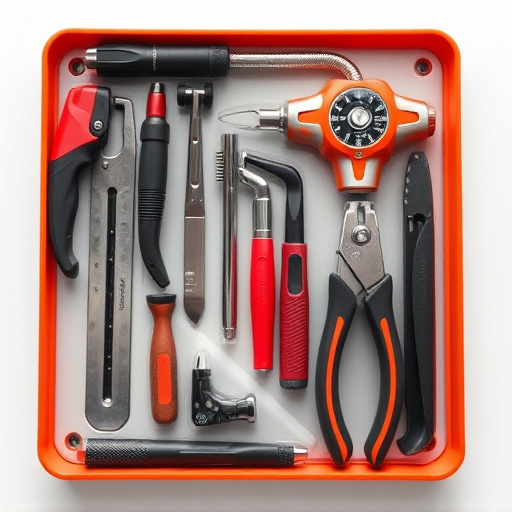
Traditional clear coat finishes have long been the go-to for achieving a smooth, glossy, and durable exterior on vehicles. This process involves applying a base coat that provides color and protection, followed by a layer of clear coat that enhances gloss and protects the paint from fading, chipping, and other environmental damages. The clear coat acts as a transparent shield, allowing the base coat to remain intact even after minor bumps or scratches, commonly encountered during automotive body work or fender benders.
Compared to this traditional method, a three-stage paint system offers enhanced protection and a more complex aesthetic appeal. This system includes an additional layer between the base coat and clear coat, often referred to as a mid-coat. The mid-coat provides extra durability and helps create a deeper, more vibrant color, which can be particularly beneficial for car repair services aiming to restore vehicles to their pre-accident condition or even enhance their look.
Delving into the Three-Stage Paint System
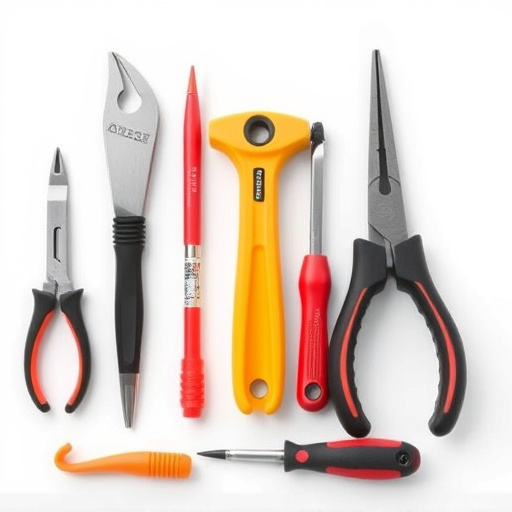
The three-stage paint system is a revolutionary approach to automotive finishing that offers superior durability and a flawless finish compared to traditional clear coat only finishes. This innovative process involves three distinct layers—primer, color, and clear coat—each designed to serve a specific function in protecting and enhancing the vehicle’s exterior. By understanding this multi-step process, auto body services can provide more effective hail damage repair solutions, ensuring cars not only look their best but also stand up to the elements.
Delving into the three-stage paint system reveals a meticulous attention to detail. The primer layer acts as a bonding agent, creating a strong foundation for the color coat. This initial stage is crucial in preparing the surface, especially after auto repair shop procedures like hail damage repair, ensuring the final finish adheres seamlessly. The color coat, as the name suggests, provides the vehicle its desired hue and texture, while the clear coat adds a protective layer that enhances durability and gloss. This multi-layered approach not only results in a vibrant, durable finish but also makes auto body services more efficient in restoring vehicles to their pre-damage condition, including effective hail damage repair.
Advantages and Considerations of Each Approach
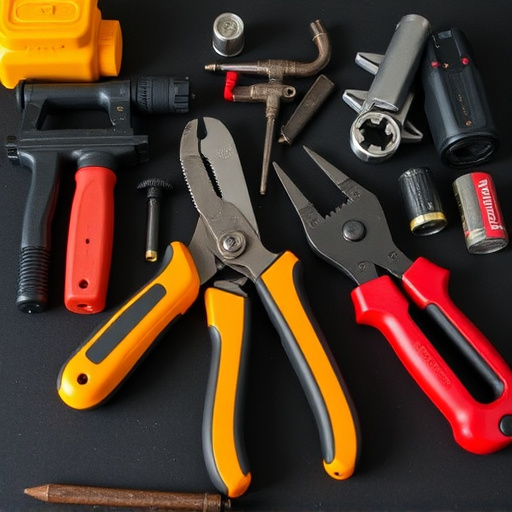
The three-stage paint system offers a comprehensive approach to auto body repair and painting. This method involves priming, coloring, and clear coating in separate stages, providing several advantages over traditional clear coat finishes. The first stage, priming, ensures a smooth base that prepares the repaired surface for subsequent layers, enhancing adhesion and long-term durability. This multi-stage process also allows for better color accuracy and vibrancy, as each layer contributes to the final shade. Moreover, in the context of auto painting and car dent repair, this system facilitates easier touch-ups and repairs down the line, as primers are designed to cover imperfections effectively.
However, there are considerations to keep in mind. A three-stage process can be more time-consuming and labor-intensive compared to applying a single clear coat, which may increase costs for auto body repair services. Additionally, while it ensures superior durability, the multi-layer approach might require more meticulous application techniques to avoid imperfections or bubbles, especially for detail-oriented work. Despite these nuances, many professionals in the industry prefer this method due to its ability to produce high-quality, long-lasting finishes.
When comparing a traditional clear coat finish to a three-stage paint system, the latter offers enhanced durability and protection. By incorporating base, middle, and top coats, the three-stage system creates a more robust barrier against elements like UV rays, scuffs, and chips. This advanced approach not only ensures longevity but also provides a smoother, more uniform final finish. While clear coat finishes are simpler and faster to apply, the three-stage paint system’s superior protection makes it a preferred choice for those seeking long-lasting, high-quality vehicle or surface coatings.
